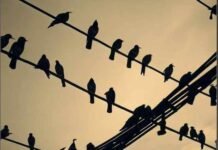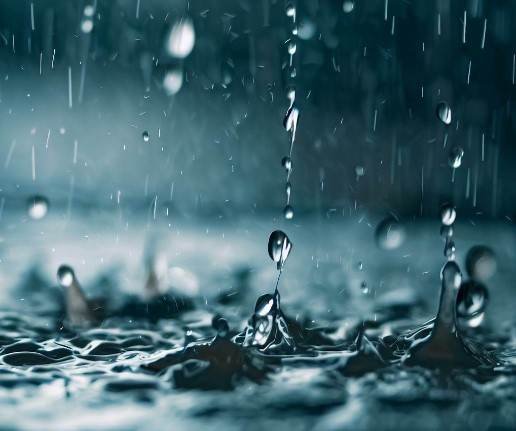How to Measure Rainfall – Rainfall is a crucial climatic element that impacts our environment, agriculture, and overall well-being. Understanding how to measure rainfall accurately is vital for various industries, including agriculture, hydrology, and meteorology. In this article, we will explore the different methods and tools used to measure rainfall effectively.
1. Why is Measuring Rainfall Important?
Before diving into the measurement techniques, let’s understand why it’s essential to measure rainfall accurately. Rainfall data provides valuable insights into weather patterns, climate change, and water resource management. It helps us predict floods, droughts, and make informed decisions for agricultural planning.
2. Traditional Rain Gauge
One of the simplest and oldest methods to measure rainfall is by using a traditional rain gauge. This device typically consists of a funnel that collects rainwater and directs it into a graduated cylinder. By measuring the water level, we can determine the amount of rainfall received.
2.1 Pros of Traditional Rain Gauge
- Easy to use and cost-effective.
- Suitable for local measurements.
2.2 Cons of Traditional Rain Gauge
- Manual operation may lead to human errors.
- Limited data collection points.
3. Tipping Bucket Rain Gauge
A tipping bucket rain gauge is an automated version of the traditional rain gauge. It consists of a funnel that fills a small bucket. When the bucket reaches a certain level, it tips, emptying the water, and records the tip. Each tip corresponds to a specific amount of rainfall.
3.1 Pros of Tipping Bucket Rain Gauge
- Automation reduces human errors.
- Suitable for remote data collection.
3.2 Cons of Tipping Bucket Rain Gauge
- Can be expensive to install and maintain.
- Susceptible to clogging and freezing in extreme conditions.
Also Read - Why Birds Don’t Get Shocked
4. Optical and Acoustic Rain Gauges
Optical and acoustic rain gauges use advanced technology to measure rainfall. Optical rain gauges use laser beams to detect raindrops, while acoustic gauges use sound waves. These modern devices provide highly accurate and real-time rainfall data.
4.1 Pros of Optical and Acoustic Rain Gauges
- High accuracy and real-time data.
- Suitable for research and scientific purposes.
4.2 Cons of Optical and Acoustic Rain Gauges
- Expensive and complex technology.
- Requires technical expertise for installation and maintenance.
5. Weather Radars
Weather radars are powerful tools used to measure rainfall over large areas. They emit radio waves that bounce back when they encounter raindrops. The radar then analyzes the reflected waves to determine rainfall intensity and distribution.
5.1 Pros of Weather Radars
- Wide coverage area.
- Continuous monitoring.
5.2 Cons of Weather Radars
- Costly infrastructure.
- Limited resolution for localized measurements.
6. Rainfall Measurement Units
Understanding the units used to express rainfall is crucial. The two most common units are inches and millimeters. Scientists and meteorologists also use the term “millimeters of rainfall” or “millimeters of water” to describe the depth of water collected.
7. Factors Affecting Rainfall Measurement
Various factors can impact the accuracy of rainfall measurements, such as wind, evaporation, and gauge placement. It’s essential to consider these factors when interpreting rainfall data.
How to Measure Rainfall – Conclusion
Measuring rainfall accurately is essential for understanding weather patterns, managing water resources, and predicting natural disasters. From traditional rain gauges to modern weather radars, each method has its advantages and disadvantages. By choosing the appropriate method based on requirements and location, we can obtain valuable data for various applications.

FAQs About How to Measure Rainfall
1. How often should I empty a traditional rain gauge?
For accurate readings, it’s best to empty the traditional rain gauge daily.
2. Can I install an optical rain gauge myself?
Optical rain gauge installation requires professional expertise due to its complex technology.
3. Are weather radars only used for measuring rainfall?
Weather radars can also track other meteorological phenomena such as snow, hail, and tornadoes.
4. Is a tipping bucket rain gauge suitable for continuous monitoring?
Yes, a tipping bucket rain gauge can provide real-time data for continuous monitoring purposes.
5. Can I use a smartphone app to measure rainfall?
While some apps claim to measure rainfall, they may not be as accurate as specialized rainfall measurement tools.




















